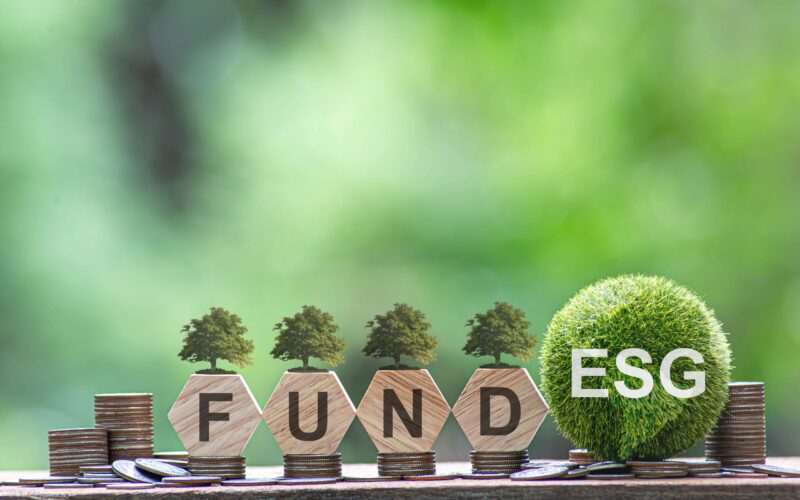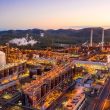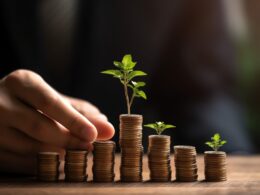Australia’s appetite for pro-environment investment continues to grow sharply, defying a global backlash against green finance linked to Donald Trump’s re-election in the United States. New research from Impact Investing Australia (IIA) and the Centre for Social Impact shows that investors are committing increasing amounts of capital to environmental and social projects, even if fund managers are now less vocal about their green credentials amid heightened scrutiny and fears of greenwashing.
According to the report, green, sustainable and social investments have risen from AUD 20bn to AUD 157bn over the past five years, with AUD 137bn directed towards projects with environmental benefits. Around AUD 25bn was invested in the first half of 2025 alone, putting the year on course to surpass 2024’s near-record AUD 40bn, despite some global financiers retreating from climate-focused ventures.
IIA chief executive David Hetherington said Australian investors were continuing to deploy capital into environmental and social projects, even if they were adopting a lower public profile.
“There are entrepreneurial businesses out there who are addressing challenges and making money in doing so. Where there are successful entrepreneurs seeking capital, there will be funds looking to deploy it,” Hetherington said.
Dedicated impact investment funds have grown rapidly, rising from less than AUD 3bn in 2020 to AUD 12.5bn by mid-2025.
Major institutions are also increasing their commitments. Australian Retirement Trust, the nation’s second-largest superannuation fund, invested nearly AUD 1bn in a Macquarie green energy fund in September and has pledged an additional AUD 1bn for impact investments by 2030.
Investors have also purchased AUD 145bn in green, social and sustainable bonds — a sharp rise from AUD 17bn in 2020 — with 2025 set to mark the third consecutive record year.
The report highlights a wide range of funded projects, including renewable energy developments, state government light rail upgrades and federal purchases of Murray-Darling Basin water entitlements. Collectively, Australian investments have contributed to abating 110m tonnes of CO₂-equivalent emissions, avoiding 1.3m tonnes of landfill, planting 3m trees and recycling or returning 363m litres of water.
Adam Roberts, head of private markets at Australian Ethical, said investor sentiment towards renewables had improved markedly. “There’s obviously lots of noise in the market about green investing or not… but there’s enough of a need for capital and investment opportunities to just get on with it,” he said.
The Reserve Bank of Australia has found that green bonds issued by states now offer returns equal to or higher than comparable market bonds.
Australian Ethical, which has tripled in size since 2020, now manages AUD 14bn for 134,000 members, investing in projects ranging from EV charging infrastructure to soil recycling initiatives.
Capital is also flowing into funds with a strong social focus. Conscious Investment Management (CIM), which launched Australia’s first large-scale privately funded social housing investment in 2021, reports surging interest as government programmes such as the Housing Australia Future Fund help expand the sector.
CIM’s chief investment officer, Matt Tominc, said familiarity and pipeline growth had transformed the social housing investment landscape over just a few years.
Despite strong growth, the sector faces constraints. A lack of clear definitions around “impact” continues to deter some investors. Fund managers surveyed said they needed more consistent impact measurement to justify allocations.
Regulatory scrutiny has also intensified, with Australia’s corporate watchdog taking super funds to court for misleading claims about sustainable investment strategies.
Danielle Logue, report lead and director at the Centre for Social Impact at UNSW, said stronger verification processes were essential. “Verification processes give investors and regulators confidence around greenwashing or impact-washing,” she said. “As investors grow more comfortable with different types of deals and products and the evidence base grows, we’ll start to see a shift.”




















